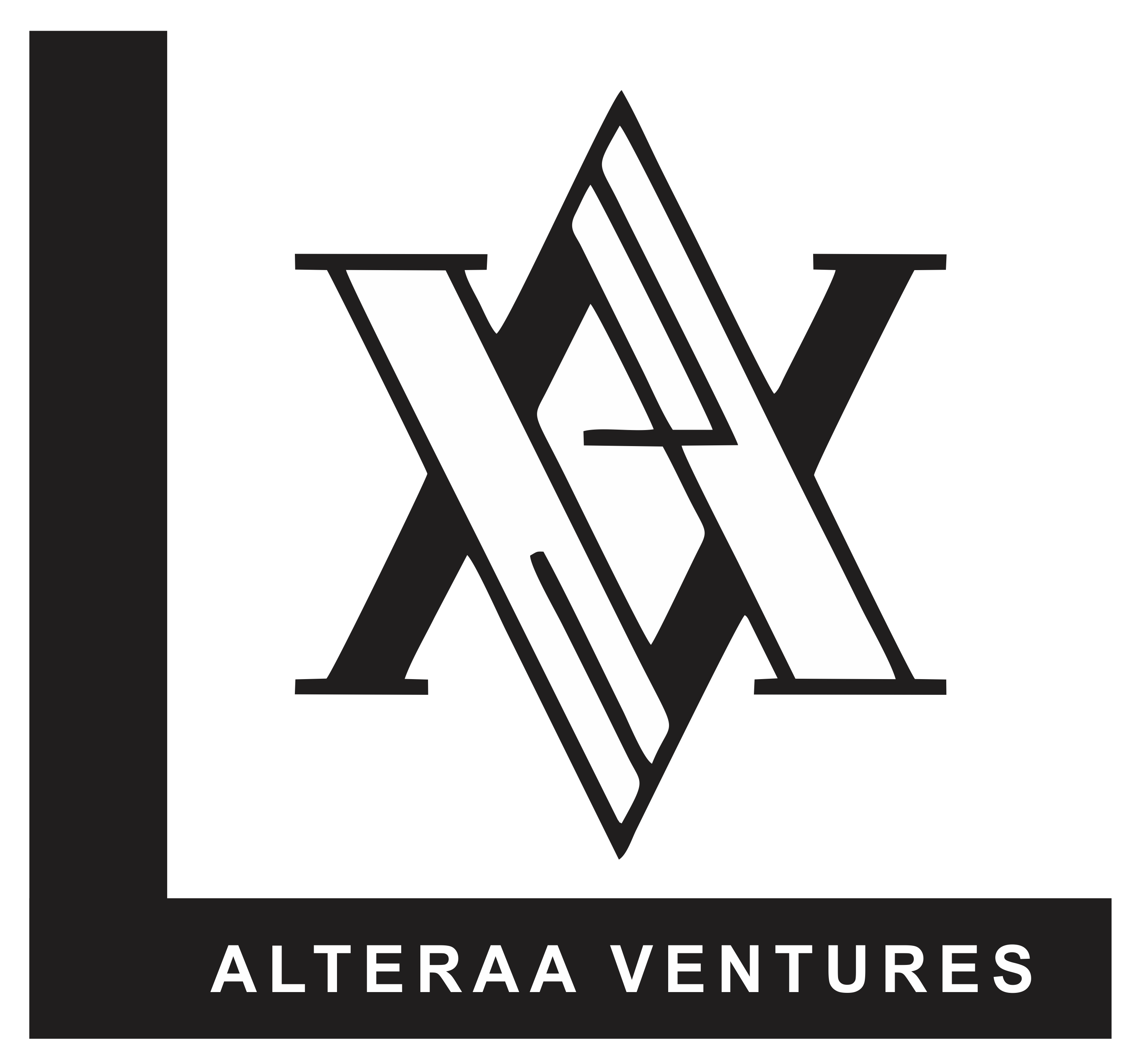The shift towards renewable energy sources is gaining momentum, and solar energy is at the forefront of this movement. Solar rooftop solutions offer an excellent way to harness the power of the sun, reduce electricity bills, and contribute to a sustainable future. This blog delves into the benefits of solar rooftop solutions, how they work, and why they are a smart investment for homeowners.
Understanding Solar Rooftop Solutions
Solar rooftop solutions involve installing solar panels on the roof of a building to generate electricity. These panels convert sunlight into direct current (DC) electricity, which is then converted into alternating current (AC) electricity by an inverter. This electricity can be used to power your home, and any excess can be fed back into the grid or stored in batteries for later use.
Benefits of Solar Rooftop Solutions
1. Significant Energy Savings
One of the most compelling reasons to install solar panels is the potential for significant energy savings. By generating your own electricity, you can reduce or even eliminate your monthly utility bills. The exact savings depend on the size of the system, local electricity rates, and the amount of sunlight your location receives.
2. Environmental Impact
Solar energy is a clean, renewable source of power that reduces greenhouse gas emissions and dependence on fossil fuels. By installing solar panels, you contribute to reducing air pollution and mitigating climate change. According to the Environmental Protection Agency, the average residential solar panel system can offset approximately 3-4 tons of carbon dioxide annually .
3. Increased Property Value
Homes equipped with solar panels often have higher property values and sell faster than those without. Prospective buyers recognize the benefits of reduced energy costs and the environmental impact, making solar-equipped homes more attractive in the real estate market.
4. Energy Independence
Solar rooftop solutions provide energy independence by reducing reliance on the grid. This is particularly beneficial in areas with unreliable power supplies or frequent outages. With the addition of battery storage, you can ensure a continuous power supply even during grid failures.
5. Financial Incentives and Rebates
Many governments and local authorities offer financial incentives, rebates, and tax credits to encourage the adoption of solar energy. These incentives can significantly reduce the upfront cost of installation, making solar rooftop solutions more affordable.
6. Low Maintenance
Solar panels require minimal maintenance and have a long lifespan, typically around 25-30 years. Regular cleaning and periodic checks are usually sufficient to keep them functioning efficiently. Most systems come with warranties that cover performance and equipment, providing peace of mind for homeowners.
How Solar Rooftop Solutions Work
1. Solar Panels
Solar panels, made up of photovoltaic (PV) cells, are the core components of a solar energy system. These cells absorb sunlight and convert it into DC electricity. The efficiency of the panels depends on factors such as the type of cells used, the angle of installation, and the amount of sunlight received.
2. Inverter
The inverter is a crucial component that converts the DC electricity generated by the solar panels into AC electricity, which is compatible with household appliances and the electrical grid. There are different types of inverters, including string inverters, microinverters, and power optimizers, each with its advantages.
3. Mounting System
The mounting system secures the solar panels to the roof. It is designed to withstand various weather conditions and optimize the angle of the panels to capture maximum sunlight. There are different mounting options, including fixed mounts and adjustable mounts.
4. Battery Storage (Optional)
Battery storage systems allow you to store excess electricity generated during the day for use at night or during power outages. This increases your energy independence and ensures a reliable power supply. Popular battery options include lithium-ion batteries and lead-acid batteries.
5. Net Metering
Net metering is a billing mechanism that allows homeowners to receive credit for the excess electricity they generate and feed back into the grid. This can further reduce your electricity bills by offsetting the cost of electricity drawn from the grid when your solar panels are not producing enough power.
Installing Solar Rooftop Solutions
1. Site Assessment
A professional solar installer will conduct a site assessment to evaluate your roof’s suitability for solar panels. Factors such as roof orientation, shading, and structural integrity are considered to determine the optimal placement and size of the system.
2. System Design
Based on the site assessment, the installer will design a custom solar energy system tailored to your energy needs and roof specifications. This includes selecting the appropriate panels, inverters, and mounting system.
3. Permitting and Approvals
The installation process requires obtaining necessary permits and approvals from local authorities. The installer typically handles this process, ensuring compliance with building codes and regulations.
4. Installation
The installation involves mounting the solar panels on the roof, connecting them to the inverter, and integrating the system with your home’s electrical grid. This process usually takes a few days, depending on the system
‘s size and complexity.
5. Inspection and Activation
After installation, the system undergoes a final inspection to ensure it meets safety and performance standards. Once approved, the system is activated, and you can start generating your own electricity.
Conclusion
Solar rooftop solutions offer a myriad of benefits, from significant energy savings and environmental impact to increased property value and energy independence. By investing in solar panels, you can take a proactive step towards a sustainable future while enjoying the financial and practical advantages they provide. For more information or to explore our solar rooftop solutions, contact us at Alteraa Ventures.
External Resources:

